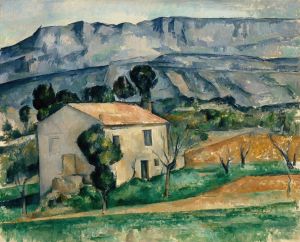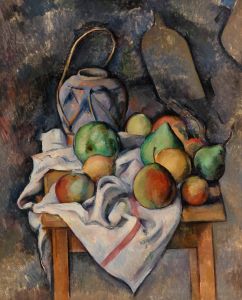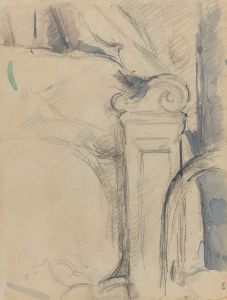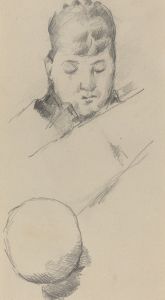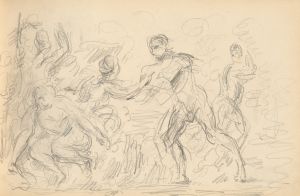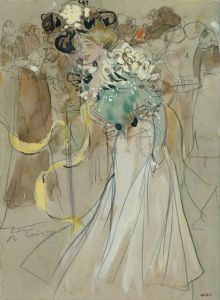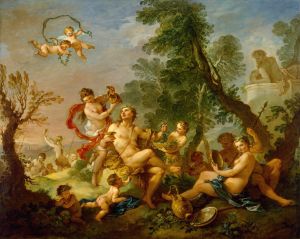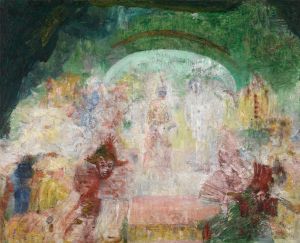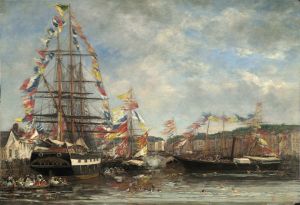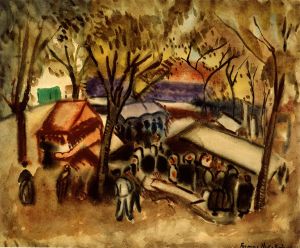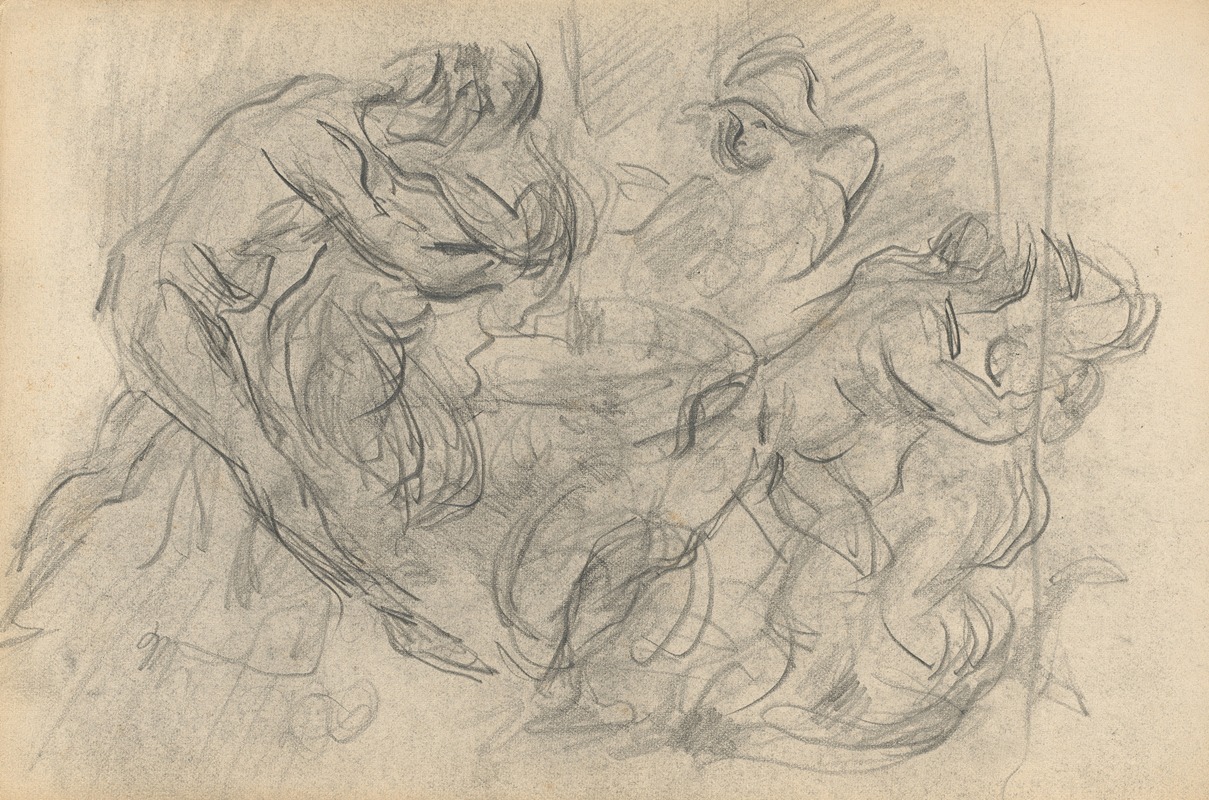
Carnival Scene
A hand-painted replica of Paul Cézanne’s masterpiece Carnival Scene, meticulously crafted by professional artists to capture the true essence of the original. Each piece is created with museum-quality canvas and rare mineral pigments, carefully painted by experienced artists with delicate brushstrokes and rich, layered colors to perfectly recreate the texture of the original artwork. Unlike machine-printed reproductions, this hand-painted version brings the painting to life, infused with the artist’s emotions and skill in every stroke. Whether for personal collection or home decoration, it instantly elevates the artistic atmosphere of any space.
Paul Cézanne's Carnival Scene is a lesser-known work by the French Post-Impressionist painter, created around 1888. The painting is notable for its depiction of a festive scene, featuring figures in costumes that evoke the lively and theatrical atmosphere of a carnival. Cézanne's characteristic brushwork and use of color are evident in the piece, showcasing his evolving style during this period, as he moved away from Impressionism and toward a more structured, analytical approach to composition.
The artwork is painted in oil on canvas and measures approximately 65 x 81 cm. It is housed in the Pushkin State Museum of Fine Arts in Moscow, Russia. The painting reflects Cézanne's interest in human figures and their interactions, a theme he explored in several works throughout his career. In Carnival Scene, the figures are arranged in a somewhat ambiguous space, with a focus on their costumes and gestures rather than detailed facial expressions or a clear narrative. This abstraction aligns with Cézanne's broader artistic goals of capturing the essence of his subjects rather than their literal representation.
The painting's palette is dominated by earthy tones, with occasional bursts of brighter colors to highlight the costumes and create visual contrast. Cézanne's use of layered brushstrokes and his emphasis on form over detail contribute to the dynamic yet somewhat enigmatic quality of the scene. The work is an example of Cézanne's ability to balance structure and spontaneity, a hallmark of his mature style.
Carnival Scene is not as widely studied or reproduced as some of Cézanne's other works, such as his still lifes or landscapes, but it remains an important piece within his oeuvre. It provides insight into his exploration of human subjects and his experimentation with composition and color. The painting also reflects the broader cultural fascination with carnivals and masquerades during the 19th century, which were popular themes in European art and literature.
As with many of Cézanne's works, Carnival Scene was not widely appreciated during his lifetime but has since gained recognition for its innovative approach and contribution to the development of modern art. Today, it is considered a valuable example of Cézanne's artistic legacy and his influence on subsequent generations of artists.






